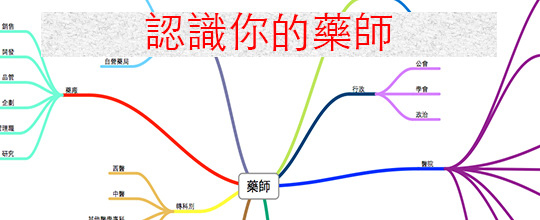
雖然這不算是新藥了,但是相關的介紹卻不多
簡單介紹一下:

商品名:Catilon
適應症:腸躁症腹痛症狀之緩解
【用量用法】 40 mg bid-tid。
【注意事項】 青光眼、前列腺肥大、幽門狹窄、孕婦及哺乳期婦女慎用。
機轉:有三個部分:
1.作用在鈣離子通道,與L type的 voltage operated channel結合,阻止蓋離子的內流。
2.抗Ach作用:作用在M3受體。
3.抑制NK1及NK2受體,減少Tachykinins(substance P、neurokinin A),減少疼痛訊號的傳導。
相關期刊:
1.The clinical phcarmacology of single doses of otilonium bromide in healthy volunteers (European Journal of Clinical Pharmacology Volume 52, Number 5 / 1997年8月)
Abstract Objective: Otilonium is a smooth muscle spasmolytic with greater affinity for receptors in the smooth muscle of distal than proximal gut in rats. This study was the first to compare distal and proximal GI transit effects in human subjects.
- Otilonium bromide (OB) is a smooth muscle relaxant used in the treatment of irritable bowel syndrome. Otilonium bromide has been shown to interfere with the mobilization of calcium in intestinal smooth muscle, but the effects on other intestinal tissues have not been investigated. We identified the muscarinic receptor subtype coupled to calcium signals in colonic crypt derived from the human colonic epithelium and evaluated the inhibitory effects of OB.
- Calcium signals were monitored by fluorescence imaging of isolated human colonic crypts and Chinese hamster ovary cells stably expressing the cloned human muscarinic M3 receptor subtype (CHO-M3). Colonic crypt receptor expression was investigated by pharmacological and immunohistochemical techniques.
- The secretagogue acetylcholine (ACh) stimulated calcium mobilization from intracellular calcium stores at the base of human colonic crypts with an EC50 of 14
 m. The muscarinic receptor antagonists 4-DAMP, AF-DX 384, pirenzepine and methroctamine inhibited the ACh-induced calcium signal with the following respective IC50 (pKb) values: 0.78 nm (9.1), 69 nm (7.2), 128 nm (7.1), and 2510 nm (5.8).
m. The muscarinic receptor antagonists 4-DAMP, AF-DX 384, pirenzepine and methroctamine inhibited the ACh-induced calcium signal with the following respective IC50 (pKb) values: 0.78 nm (9.1), 69 nm (7.2), 128 nm (7.1), and 2510 nm (5.8). - Immunohistochemical analyses of muscarinic receptor expression demonstrated the presence of M3 receptor subtype expression at the crypt-base.
- Otilonium bromide inhibited the generation of ACh-induced calcium signals in a dose dependent manner (IC50=880 nm).
- In CHO-M3 cells, OB inhibited calcium signals induced by ACh, but not ATP. In addition, OB did not inhibit histamine-induced colonic crypt calcium signals.
- The present studies have demonstrated that OB inhibited M3 receptor-coupled calcium signals in human colonic crypts and CHO-M3 cells, but not those induced by stimulation of other endogenous receptor types. We propose that the M3 receptor-coupled calcium signalling pathway is directly targeted by OB at the level of the colonic epithelium, suggestive of an anti-secretory action in IBS patients suffering with diarrhoea.
補充:其他spamoltics藥物的機轉:
Pinaverium:Calcium channel blocker
Buscopan:anticholinergic
Duspatalin:influence Sodium Channel





 留言列表
留言列表
 線上藥物查詢
線上藥物查詢 